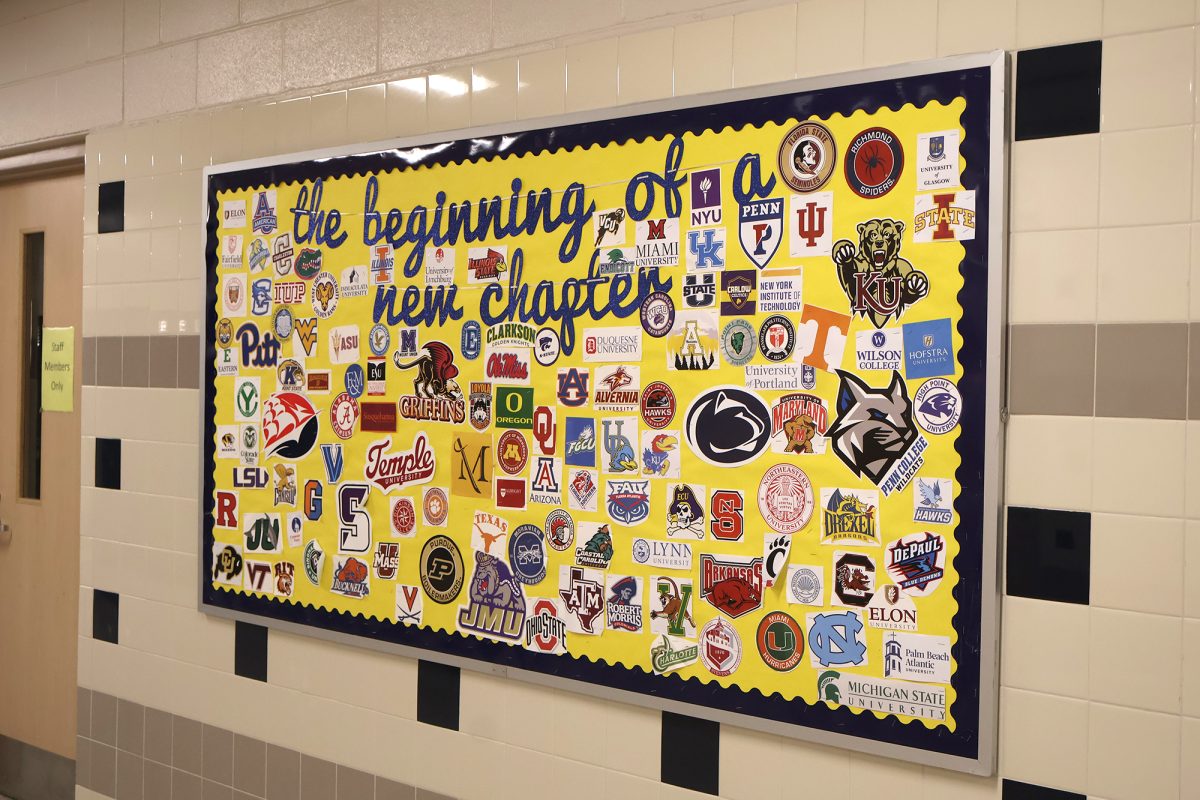Advanced placement courses, or AP classes, offer an exam at the end of the second semester in order to earn college credit for high school students. As young scholars prepare for finals in their various other classes, AP classes remain a priority because of their challenge and rewards throughout the school year.
Typically, testers would have to hand write their FRQ’s, LAQ’s, DBQ’s, and any other written essay with a required blue or black pen. However, with the rise of the digital world in classrooms, the College Board has decided to switch from pen and paper to keyboard and screen. This action leaves some students uneasy and stressed while others applaud the move and feel relief.
Despite the added stress change brings, the College Board ultimately makes decisions to enhance students’ high school careers.
To begin, change is inevitable. Especially with the mental development of teenagers, both minor and great changes occur in everyday life. Some move houses, some lose their favorite shirt, and others lose more. Regardless, AP classes require adaptation towards its quickly paced courses, short due dates, and in-depth analysis. The students taking these tests have already adapted without realizing, as their maturity and growth has enabled them to make quick decisions and focus on their ultimate goals. Therefore the change should not be too grand, as other tests and programs have already switched online. Tests like typical Canvas assessments, the SAT, and ACT have also transferred over to the digital realm. Even so, the revised AP tests are using the same program as the SAT is in order to test: Bluebook.
Saannia Patel, a junior at Spring-Ford, has taken multiple AP courses throughout her high school career. With excelling in her high-stakes math programs, Patel has mixed feelings on the new form of testing. She believes that the electronic version will be beneficial in the typing section, but she also shares a negative stance on the time being the same for both the written and typed tests.
“I’d rather take the multiple choice section on paper, but typing will be faster, which is unfair that the time is the same because handwriting is slower,” Patel said, adding she is excited for the new year and is not too worried about the change.
College Board has students’ best interest with this change. Their statement about the new year of testing ensures “proper testing security” when taking the exam. It also improves the efficiency of the process, with the time of handing out packets and going over procedures now shortened. Also, the actual typing allows for students to have a faster way of getting their answers down before the time runs out. With most having taken some type of keyboard lesson in elementary and middle school, the option of digital essays are beneficial towards the reduction of having to lose points on the basis of a time limit. Many also find typing easier for editing over traditional pen and paper exams.
Still, there is some hesitation when it comes to this change. Along with the new way of testing, some question how it will play out on testing day. Disadvantages like an uncharged Chromebook, slow Wi-Fi, or any other mishap could limit students’ full potential. Added stress can further impact scores, and one could only imagine that disaster.
However, solutions have already been curated before the test rolls around this May. Chargers will be encouraged, and a reliable tech team is ready at hand. Additionally, the College Board encourages students to, “try a test preview in the Bluebook testing app.” This ensures comfortability and knowledge before the exam.
Change is always linked to anxiety, and ultimately inevitable. As students mature and come into their own, uncomfortable situations will only be an opportunity to test their development and open doors for further fortunes. With the rise in technology, these alterations will only become the new old.






